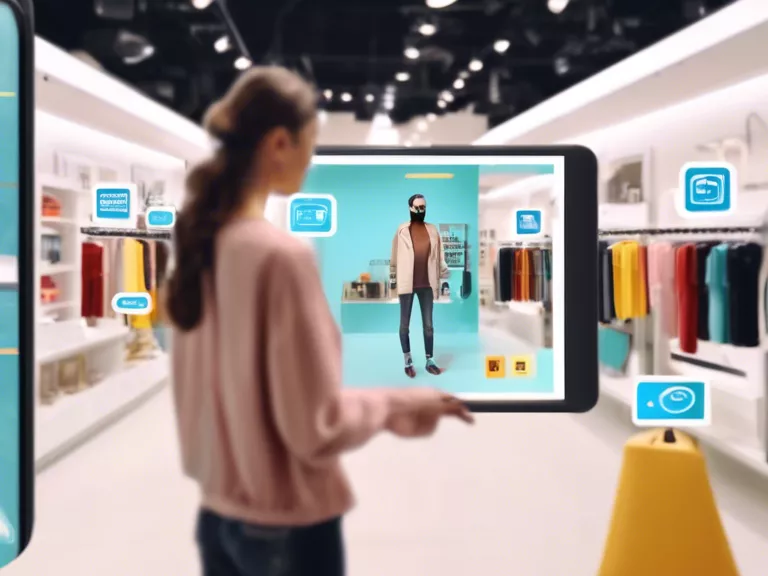
In recent years, augmented reality (AR) has been revolutionizing the retail industry by merging the physical shopping experience with digital technology. This innovative approach is bringing physical stores into the digital realm and enhancing the way consumers interact with products and brands.
One of the key advantages of AR in retail is its ability to provide a more personalized and immersive shopping experience for customers. By using AR technology, retailers can create virtual fitting rooms where customers can try on clothes or accessories without physically having to do so. This not only saves time but also allows shoppers to see how items look on them before making a purchase, leading to higher customer satisfaction and reduced returns.
Another way in which AR is transforming physical stores is by offering interactive product displays. By scanning a product with their smartphones, customers can access additional information, customer reviews, and even see the product in different colors or sizes. This level of interactivity not only engages customers but also helps them make more informed purchasing decisions.
Furthermore, AR is enabling retailers to create unique and memorable experiences for their customers. For example, some stores are using AR to bring products to life through animations or 3D models, making shopping more fun and engaging. AR can also be used to gamify the shopping experience, offering rewards or discounts to customers who interact with certain products or promotions.
Overall, augmented reality is bridging the gap between physical stores and the digital world, making shopping more convenient, engaging, and interactive for consumers. As this technology continues to evolve, we can expect to see even more innovative uses of AR in retail, further blurring the lines between the physical and digital realms.



